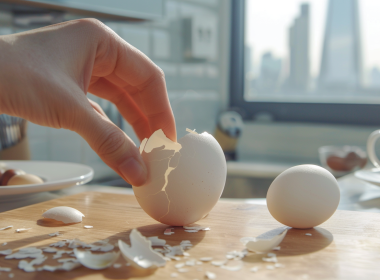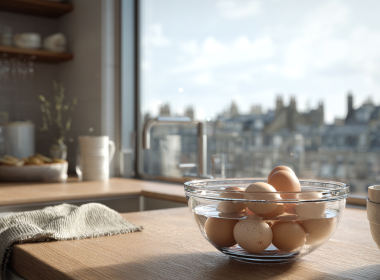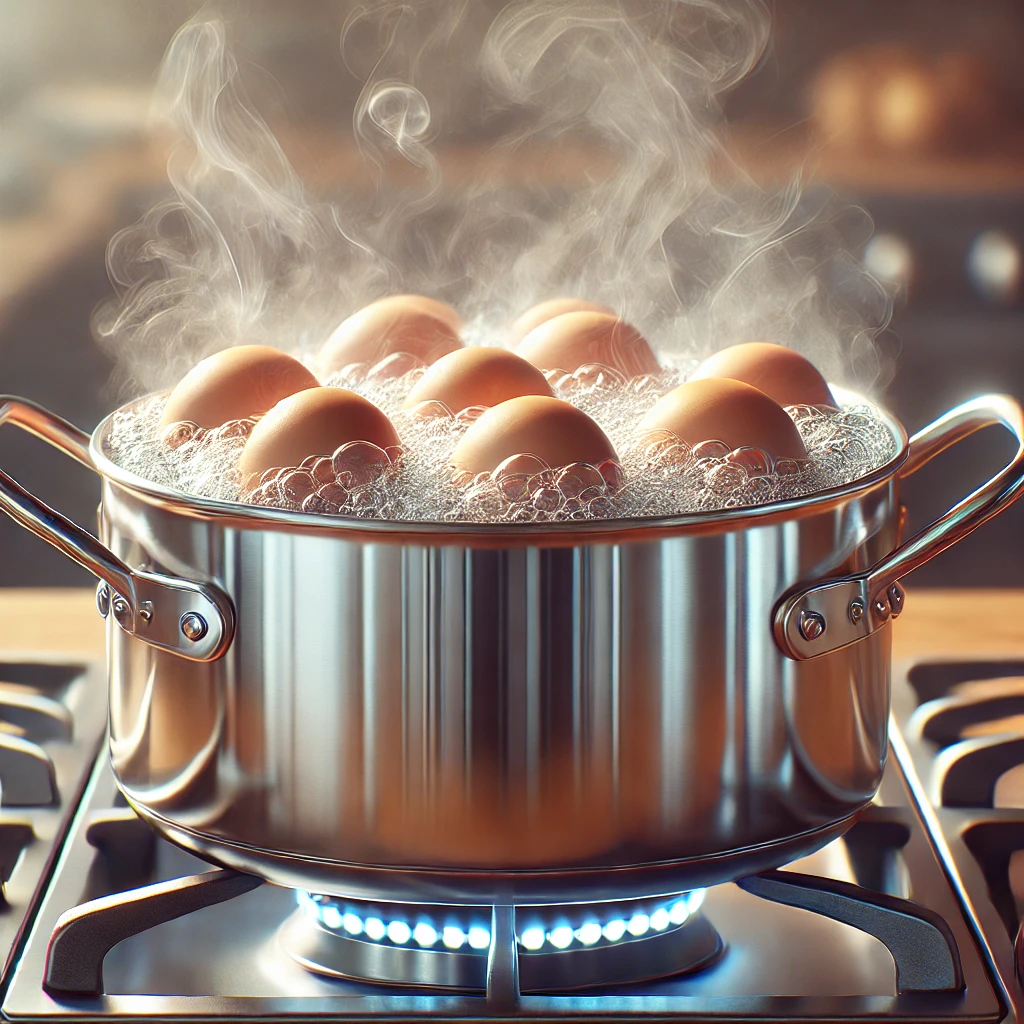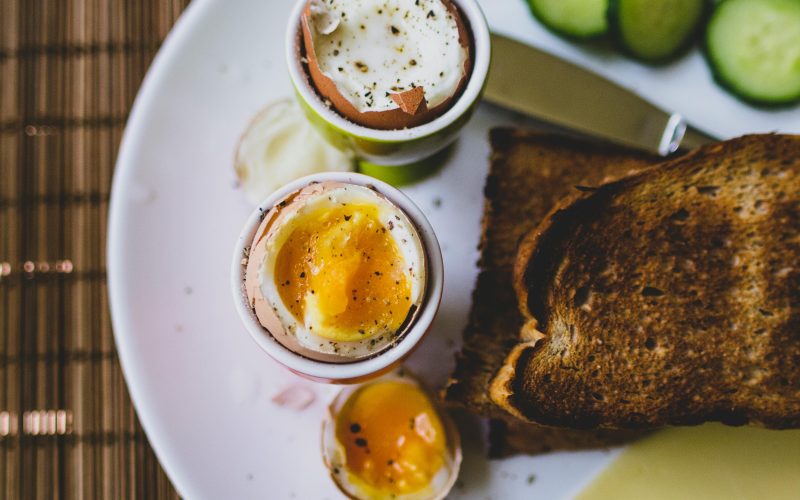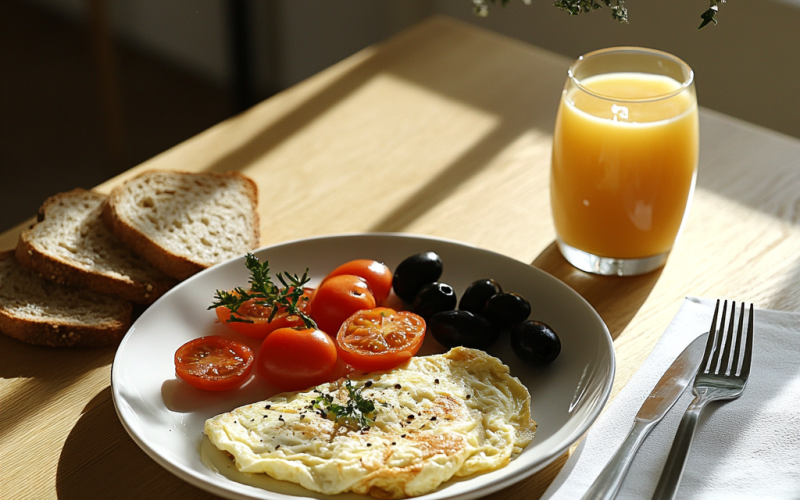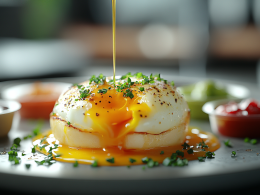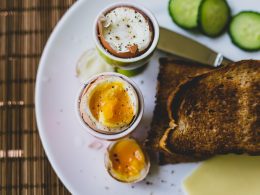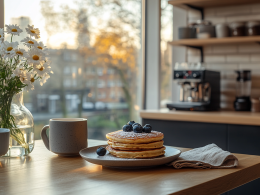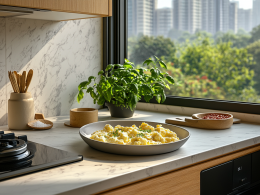Boiling eggs might seem like a simple task, but achieving the perfect texture requires a bit of science and technique. Whether you like your eggs soft-boiled with a runny yolk or hard-boiled and firm, understanding how temperature, timing, and a few simple tricks affect the outcome is key. Let’s dive into the science behind boiling eggs perfectly every time!
The Egg’s Anatomy Matters
An egg has three main components: the shell, the egg white, and the yolk. The white starts to set at around 140°F (60°C), while the yolk begins to solidify at 158°F (70°C). Controlling these temperatures is essential for precision cooking.
The Importance of Timing
Here’s a foolproof timing guide:
- Soft-boiled eggs: 4-6 minutes
- Medium-boiled eggs: 7-8 minutes
- Hard-boiled eggs: 9-12 minutes
Timing starts when the water reaches a gentle boil. Use a timer to avoid overcooking, which can result in a rubbery texture or the dreaded green ring around the yolk.
Start with Room-Temperature Eggs
Placing cold eggs directly into boiling water can cause them to crack. Instead, allow them to reach room temperature before cooking, or start with cold water and gradually heat.
The Secret Ingredient: Baking Soda
Adding a pinch of baking soda to the boiling water can help the shell peel off more easily. The alkaline environment weakens the bond between the shell and the egg white.
Cool Down Quickly
After boiling, immediately transfer the eggs to an ice water bath. This halts the cooking process and makes peeling a breeze.
Troubleshooting Common Problems
- Cracked shells: Use gentle heat to avoid sudden pressure changes.
- Rubbery whites: Reduce cooking time or lower the heat.
- Peeling struggles: Fresh eggs are harder to peel, so opt for slightly older ones if you plan to hard-boil them.
Mastering the art of boiling eggs might take practice, but with these tips, you’ll be a pro in no time. Experiment with these methods and enjoy perfectly boiled eggs every time!
